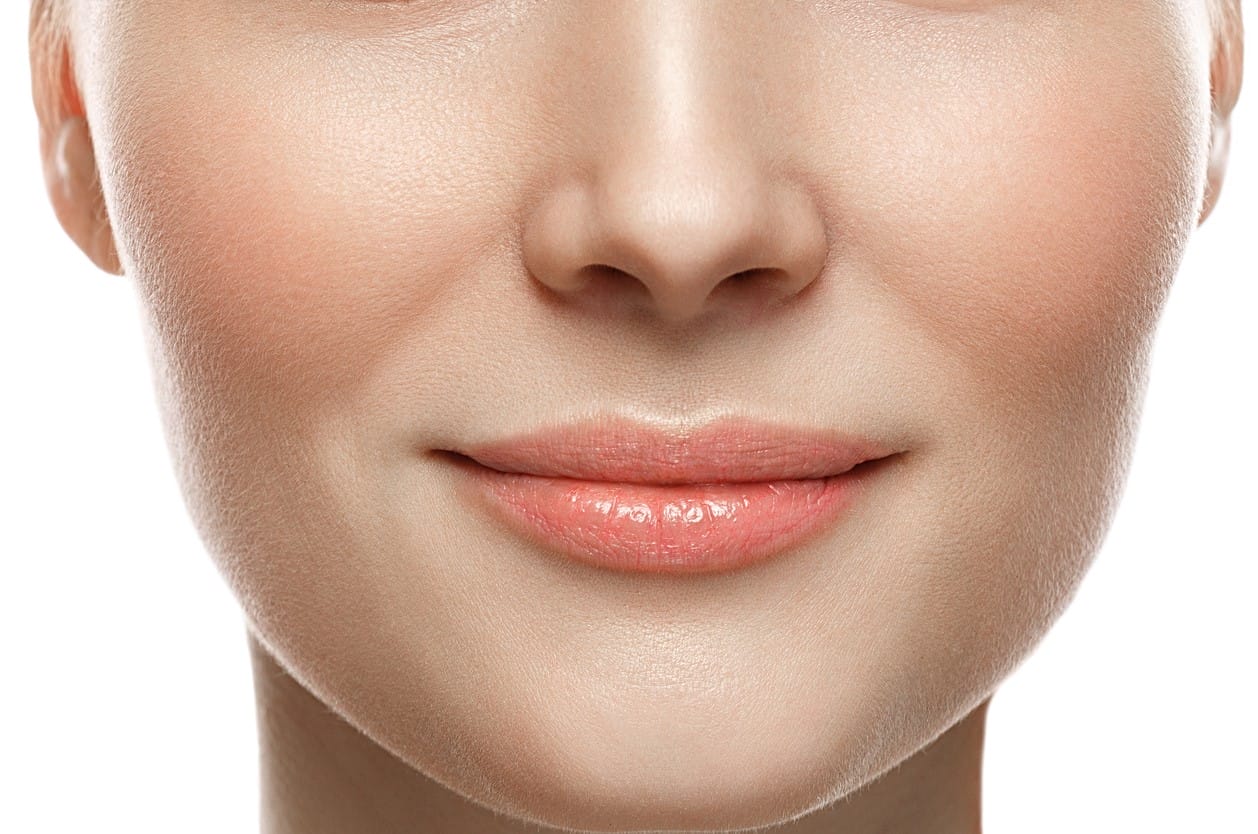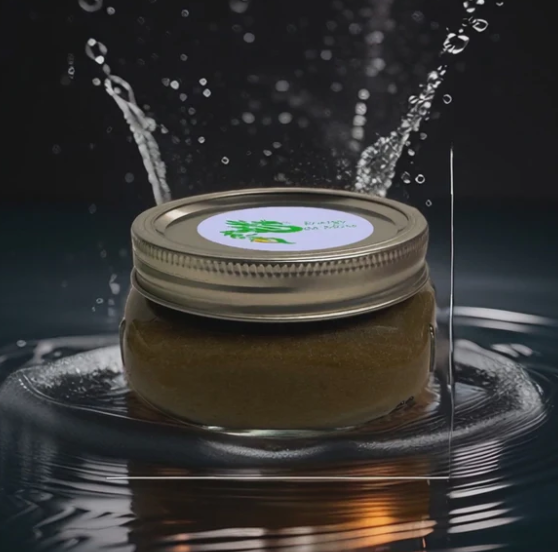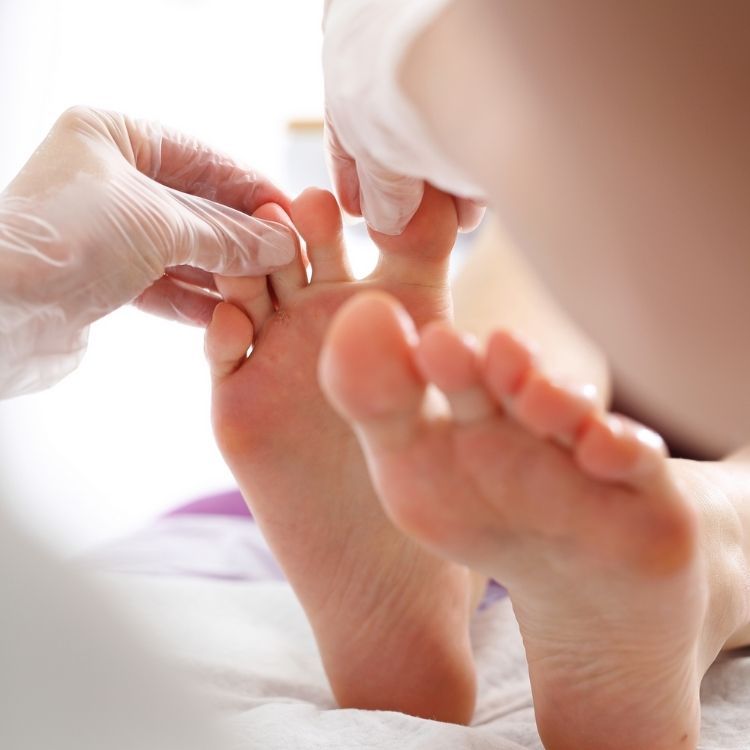Rhinoplasty, often referred to as a “nose job,” has become increasingly popular among young individuals seeking to enhance their facial harmony and self-confidence. The procedure reshapes the nose for aesthetic or medical purposes, and in recent years, many teenagers have shown interest in undergoing rhinoplasty. However, the question arises: is rhinoplasty safe for teenagers under 18? This article provides a detailed analysis from a medical and surgical perspective, focusing on the ethical considerations, psychological readiness, and professional guidance provided by expert surgeons. For those researching Rhinoplasty Dubai Price, it’s essential to understand the treatment process led by experienced doctors before making a decision.
Understanding Teen Rhinoplasty: What It Involves
Teen rhinoplasty is a surgical procedure performed to alter the nose’s appearance or improve its function in adolescents. The motivations may vary, from correcting breathing issues and congenital deformities to enhancing facial aesthetics. However, performing rhinoplasty on teens requires a deeper understanding of the patient’s growth stage, emotional maturity, and health profile.
Doctors emphasize that the nasal structure must be fully developed before surgery to avoid complications. In females, this typically happens around age 15-16, and in males around 16-17. Qualified surgeons only consider candidates who have reached this milestone.

Doctors’ Evaluation Process Before Teen Rhinoplasty
Top-tier surgeons follow a comprehensive evaluation process when considering rhinoplasty for teenagers. The approach includes:
- Growth Assessment: Experts assess the skeletal maturity through physical examination and sometimes imaging. An underdeveloped nasal framework may lead to structural compromise post-surgery.
- Psychological Readiness: Reputed plastic surgeons work closely with psychologists or counselors to ensure the teen is emotionally mature and not influenced by temporary self-esteem issues or peer pressure.
- Motivation Clarity: Surgeons conduct multiple consultations to understand the teen’s motivation. Elective surgery must be a well-informed choice made by the patient rather than imposed by parents or external expectations.
- Parental Involvement: Responsible doctors always involve parents or legal guardians, ensuring they understand the potential outcomes, risks, and limitations of the surgery.
When Do Doctors Recommend Waiting?
Most ethical plastic surgeons refrain from operating on teenagers under 18 unless there are strong medical justifications, such as:
- Severe nasal obstruction affecting breathing.
- Congenital defects causing facial asymmetry.
- Trauma-related deformities requiring reconstructive surgery.
In such cases, rhinoplasty is not purely cosmetic but becomes a functional necessity. Still, even in medically necessary cases, doctors consider skeletal maturity and long-term impact on facial development.
Key Professional Opinions on Teen Rhinoplasty
Board-Certified Plastic Surgeons’ Viewpoint
Board-certified professionals often emphasize the need for stability—both physical and emotional. A teenager’s body, especially the nasal structure, is still evolving. Performing rhinoplasty prematurely may require revision surgeries later. Therefore, experienced doctors adopt a conservative and cautious approach.
Ethical Guidelines from Medical Associations
Medical bodies like the American Society of Plastic Surgeons and similar international councils advocate stringent guidelines. They recommend delaying elective rhinoplasty until the patient has a stable sense of self and complete nasal growth. Clinics in Dubai and other global cities follow these professional ethics closely.
Role of Consultation and Pre-Surgical Guidance
Before any surgical intervention, extensive consultation is mandatory. Expert surgeons typically follow these stages:
- Initial Consultation: The surgeon discusses goals, reviews medical history, and evaluates growth status.
- Physical and Facial Analysis: Detailed measurements and digital imaging help visualize outcomes and guide the treatment plan.
- Expectations Discussion: Teens are encouraged to express their concerns and expectations. Doctors offer realistic insights into what rhinoplasty can and cannot achieve.
- Parental Dialogue: Parents are briefed on surgical procedures, recovery timelines, and post-operative care to create a supportive environment for the teen.
By engaging in a structured process, doctors ensure the decision is medically sound and personally meaningful.
Post-Treatment Monitoring and Follow-Up by Experts
Experienced surgeons emphasize follow-up care as a critical component of teen rhinoplasty. Once the surgery is completed, doctors schedule:
- Routine check-ups to monitor healing and detect any early complications.
- Progress assessments over several months to ensure nasal structure stabilizes as expected.
- Emotional well-being sessions, where necessary, to help the teen adjust to their new appearance.
Clinics in Dubai offering rhinoplasty prioritize holistic care that blends physical recovery with emotional support.
Benefits of Teen Rhinoplasty Under Medical Supervision
When performed at the right time and under expert care, rhinoplasty offers several benefits to teenagers, including:
- Enhanced Self-Confidence: Correcting nasal asymmetry or deformities can improve a teen’s self-image, especially in social settings.
- Improved Breathing: For teens with septal deviations or breathing issues, the surgery brings long-term health benefits.
- Correction of Congenital Issues: Conditions present since birth that hinder aesthetics or function can be resolved effectively.
- Psychological Relief: For those facing bullying or social discomfort due to nasal appearance, the procedure can reduce emotional distress—provided the desire for surgery stems from personal conviction.
However, all these benefits hinge on timing, surgical skill, and psychological readiness—factors thoroughly assessed by responsible practitioners.
Age vs. Maturity: A Critical Balance
Doctors agree that chronological age is only one part of the equation. Emotional maturity plays a crucial role in predicting the success of rhinoplasty for teens. Some teens at 17 may be ready, while others may not be ideal candidates until their early 20s. The doctor’s role is to discern this balance through clinical and psychological evaluation.
This nuanced understanding ensures that decisions are not rushed and that the outcomes align with both the patient’s goals and physical capacity.
Medical Ethics in Teen Aesthetic Surgery
Renowned rhinoplasty surgeons follow strong ethical codes:
- Informed Consent: Teenagers and parents must both understand the procedure, recovery, and outcomes.
- Refusal in Dubious Cases: Ethical doctors reject cases where expectations are unrealistic or motivations are peer-influenced.
- Focus on Safety and Natural Results: The objective is not to meet trends or unrealistic ideals but to enhance facial harmony.
These standards elevate the quality of care and ensure patient well-being above all.
Long-Term Outcomes and Follow-Up Studies
Medical literature and long-term patient monitoring reveal that when rhinoplasty is performed after full nasal development, results are stable and lasting. Leading surgeons often conduct periodic case reviews and follow-up studies to evaluate:
- Surgical effectiveness
- Patient satisfaction
- Need for revisions
These reviews contribute to best practices and provide data-driven guidelines for future teen procedures.
How Dubai Surgeons Lead in Safe Teen Rhinoplasty
Dubai has emerged as a center for elite cosmetic surgery, including rhinoplasty. Clinics here emphasize:
- Advanced Imaging Techniques: 3D modeling to project post-surgery outcomes.
- Multidisciplinary Teams: Surgeons work with psychologists, pediatricians, and ENT specialists.
- Cultural Sensitivity: Doctors in Dubai are skilled at handling diverse backgrounds and tailoring treatment accordingly.
This strategic approach ensures teenagers receive not just surgical care but comprehensive support that aligns with international medical standards.
Final Thoughts:
Rhinoplasty for teenagers under 18 is not a one-size-fits-all procedure. It demands a measured, individualized approach where the surgeon evaluates physical maturity, mental preparedness, and motivation before proceeding. Leading practitioners place ethics, safety, and natural aesthetics at the core of the treatment. If you are considering rhinoplasty for a teenager, the most important step is to consult an experienced, board-certified doctor who prioritizes long-term health and psychological well-being.




